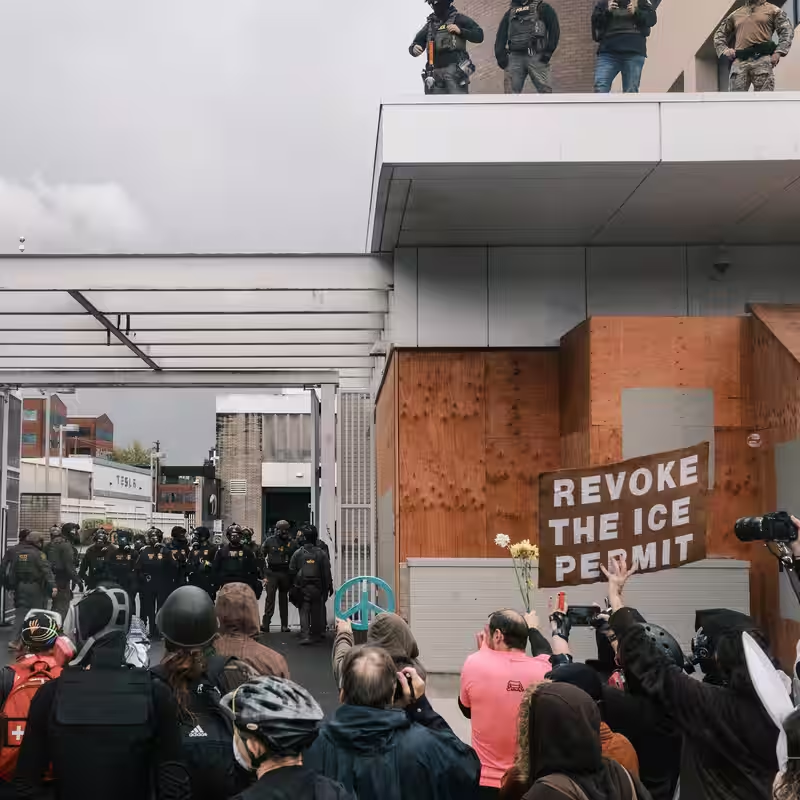Table of Contents
- Zoning as a Weapon Against ICE
- Why Portland’s ICE Office Is Vulnerable
- Portland’s Land-Use Legacy
- A City Divided, But United on Tactics
- Sources
Portland Takes on ICE—With Zoning Codes
In a move that’s equal parts bureaucratic and bold, Portland, Oregon, is deploying its famously dense land-use regulations as a shield against federal immigration enforcement. Faced with mounting pressure from progressive residents to resist the Trump administration’s immigration crackdown, city leaders aren’t organizing rallies or filing lawsuits—they’re rewriting zoning ordinances.
“This is so Oregon of us, so Portland of us,” said Elana Pirtle-Guiney, president of the Portland City Council, “to distill a huge federal policy issue that is also a moral issue… into a land-use problem.”
The target? The local Immigration and Customs Enforcement (ICE) subfield office, located in the South Waterfront neighborhood—a district zoned for mixed-use, not federal detention operations.
Why Portland’s ICE Office Is Uniquely Exposed
Unlike most ICE facilities, which are tucked away in industrial parks or suburban areas like Broadview, Illinois, Portland’s office sits just three miles from downtown in a privately leased building in a carefully planned urban showcase. Fourteen years ago, when federal officials moved from a historic post office, they chose convenience over compliance—unknowingly stepping into a regulatory minefield.
Now, the city is reviewing whether the ICE lease violates local zoning codes that restrict heavy government or penal use in residential-adjacent zones. If violations are confirmed, the city could issue fines, deny permits, or even force relocation—effectively making it too costly or legally untenable for ICE to stay.
Portland’s Land-Use Legacy: From Urban Planning to Political Tool
Oregon has long been a national leader in land-use planning. Since the 1970s, strict urban growth boundaries, neighborhood design standards, and environmental protections have shaped everything from housing density to bike lanes. Supporters say these laws preserve green space and foster walkable communities. Critics argue they’ve worsened the housing crisis.
But in 2025, those same rules are being repurposed as instruments of resistance. “Zoning may seem dry,” said urban policy professor Dr. Marcus Lin, “but in Portland, it’s always been about values—who belongs, who gets protected, and what kind of city we want to be.”
A City Divided, But United on Tactics
While Portland remains politically fractured on issues like homelessness and policing, opposition to ICE detention has broad support among city leaders and residents. Activists have held weekly vigils outside the South Waterfront office for years. Now, they see zoning as a legal, nonviolent path to push ICE out without triggering federal retaliation.
Legal experts caution that the federal government could override local zoning under the Supremacy Clause—but the fight itself sends a message. “Even if they stay,” said immigration attorney Lila Chen, “they’ll operate under a cloud of illegitimacy.”
As cities across the U.S. search for ways to resist federal immigration policies, Portland’s zoning gambit may become a blueprint—or a cautionary tale. Either way, it proves that in the battle over ICE, sometimes the sharpest weapon is a municipal codebook.




